|
6/26/2024 Summer is in Full Swing! Tune and Service Your Jet Ski or Boat for Top Running ConditionRead NowSummer has arrived, and it's time to hit the water for some thrilling adventures on your jet ski or boat. Whether you're a seasoned watercraft enthusiast or a first-time rider, ensuring your vessel is in top running condition is crucial for a safe and enjoyable experience. At Impellers.com, we understand the excitement of summertime water activities and the importance of regular maintenance. In this blog post, we'll highlight the significance of tuning and servicing your jet ski or boat, so you can make the most of your aquatic escapades without any worries!
1. Embrace the Summer Vibes: The sun is shining, and the water beckons! Summer is the perfect time to indulge in water sports and explore the natural beauty of lakes, rivers, or oceans. Before you set out on your aquatic adventures, it's essential to ensure that your jet ski or boat is in peak performance to avoid any mishaps that might dampen the summer vibes. 2. Prioritize Regular Maintenance: Just like any other machine, jet skis and boats require regular maintenance to operate at their best. Neglecting maintenance can lead to mechanical issues, decreased performance, and even safety hazards. Don't wait for something to break down; instead, take a proactive approach and schedule regular tune-ups and servicing. 3. Benefits of Regular Tune-ups: Regular tune-ups are the backbone of watercraft maintenance. They involve inspecting the engine, impeller, electrical systems, and other critical components to ensure they are functioning optimally. Some of the key benefits of tune-ups include:
5. DIY vs. Professional Servicing: While some basic maintenance tasks can be performed by watercraft owners, it's essential to know when to seek professional servicing. Routine check-ups, oil changes, and visual inspections are great DIY tasks, but more complex issues should be handled by experienced technicians. Professional servicing guarantees thorough inspections, accurate diagnostics, and expert repairs, ensuring your jet ski or boat is in top running condition. Conclusion: As summer is in full swing, now is the perfect time to hit the water and indulge in thrilling jet ski rides or boating adventures. However, before you embark on your aquatic journey, make sure to prioritize regular tune-ups and servicing for your watercraft. At Impellers.com, we understand the significance of a well-maintained vessel, and our high-quality impellers and watercraft parts ensure your summer stays fun, safe, and worry-free. Embrace the season, and let your jet ski or boat take you on unforgettable journeys with confidence and reliability! Robert Boop Impellers.com
0 Comments
Jet Ski Clubs Some of The most popular Jet ski clubs in the U.S. and abroad. Most accepted riders from other places. Many PWC Clubs include other types of personal watercraft vehicles (pwc) as well, like Kawasaki, Sea Doo clubs, Yamaha Waverunner clubs and Honda watercraft clubs. Touch base with these Jet Skiing clubs to find new places to ride, and learn about upcoming Jet Ski events in your local area. For Jet Ski Addicts. Good reasons to join an established Jet Ski club: 1 They are committed to saving Jet Ski riding areas 2 You will get the latest info on Jet Ski riding spots, Camping and events. 3 One of the best is you meet new Jet friends who love the watercraft sport. We have a list of Watercraft clubs that club owners That are Hhave sent us to post below. If you have an watercraft club, PWC club or Jet Ski club then s addicts e info. Club Name: link of your page with our Impellers.com link (linking back to us). Type of Club: Location: Meetings are held: Contact: Phone: E-mail: Club URL: Submitted by And email it to Personal Watercraft Club of Alaska Gina Poths Anchorage AK 907-345-6723 www.pwcalaska.org Alabama Watercraft Society Robert Wilkes Alabaster, AL 205-999-4896 Arkansas Watercraft Riders James Hastings Batesville, AR 870-307-3357 Havasu PWC Club Kay Sykes Lake Havasu City, AZ 928-486-434 Phoenix Watercraft Club Wayne Shannon Mesa AZ 602-578-0987 www.phoenixwatercraftclub.com SoCal Watercraft Club Dan Ketchpel Southern CA 310-350-2464 www.socalwatercraftclub.com West Coast Watercraft Club LEWIS LIPSTONE LOS ANGELES CA 818-326-4419 http://www.meetup.com/West-Coast-Watercraft-Club-in-Southern-California/ Central Valley Wake Riderz Albert & Gloria Lopez Modesto, CA 209-918-4501 Nor-Cal R2R Peter Kilkus Northern CA 707-966-3010 Durty Doodz Colorado Jet Ski Riders Club Galen W. Morgigno Aurora, CO 303-766-1334 Ancient City Wave Runners Roger Kaman St. Augustine, FL 904-463-3340 Dixie Jetski Junkies Austin Taylor Tallahasse, FL 850-562-4541 www.djsj.eworldz.com Emerald Coast Jetski Riders Derek Bowles Navarre, FL 850-308-5699 Jacksonville Jet Riders www.jacksonvillejetriders.com Jet Ski Junkies USA KEV & ANGI TAMPA, FL 941-723-9896 http://WWW.IWANNAJETSKI.COM Dade County Riders Miami FL @dadecountyriders River Club 64 Southbeach Miami, Fl @riverclub_64 Ski-B-G-B's Will Jackson Hawthorne FL 352-226-1454 SoFla Riders Tom Gregory Weston FL www.soflariders.net Space Coast Jet Riders Bill Hills Melbourne FL www.spacecoastjetriders.com Tampa Bay Jet Ski ClubKen Lipe Tampa Bay Area FL www.tampabayjetskiclub.com Hawaiian Water Rescue Guillermo Coscarelli Kihei, HI 808-870-5337 PWC Offshore Rescue Hawaii Grant Henry Honolulu HI 808-970-492 IA-IL River Riders Leon Genther Davenport, IA 563-505-8787 Midwest Watercraft Fred Zbinden Normal, IL 309-530-1898 Indiana Personal Watercraft Owners AssociationDavid Thomas Herring Carmel, IN 317-938-0660 Louisville River Rats Steve Kresko Louisville, KY 270-304-6881 Calcasieu Watercraft Association Heather Robinson Southwest, LA 337-589-0028 JETSKI Association of Massachusetts David Dubriske Franklin, MA 774-266-07 Chesapeake Raiders (Club Shut Down VIA Martin) No Longer! Annapolis, MD DMV Full Throttle Jet Ski Club Dion Woodard Germantown, MD 301-385-6289 dmvfullthrottlejetskiclub-com.webs.com/ OCMD Wave Jumpers Brian Korody Ocean City MD 301-252-4792 Michigan Raiders Tony Rader Muskegon, MI 231-740-1536 West mi pwc club Http://westmipwc.com 616-634-2854 Grandrapids, Mi PWC Technology Kevin Bruins Holland MI Twin Cities Jet Pilots Nick Ericson Lakeland MN 651-967-7823 www.tcjetpilots.com PWC-USA.NET VInce Williams St. Charles MO (314) 413-11 Southwest MO Peter Hartman Springfield MO 417-849-9654 www.southwestmostandups.org NC Jet Pack Josh Stevens Burlington NC 336-214-9472 www.ncjetpack.com Northside Freeride Jaime Timmreck Bismarck ND 701-400-5971 Jersey Shore Powersports Association John Piersanti Browns Mills, NJ 609-280-4515 NJ/PA Crew Greg Evans NJ and Eastern PA 215-859-7812 www.njpacrew.org Northeast PWC Ed Emerle Eastern PA and NJ 856-495-6970 https://www.facebook.com/groups/58050374872/ Adirondack Jet Ski Club Jimmy Dwyer Gloversville, NY 518-725-6777 www.adirondackjetskiclub.com Jetty Jumpers Anthony Stallone & Lena Nicoletti Brooklyn, NY 917-567-7595 www.jettyjumpers.com Strong Island Jet Ski Long Island New York www.strongislandjetskis.com WNY PWC Owners Western New York (Buffalo) Facebook: https://www.facebook.com/groups/wnypwcowners/ Website: https://craigrwitt.wixsite.com/wnypwcowners Reservoir Dawgs PWC Club Matt Conroy New Albany OH (614) 855-21 Tri State PWC Club Ray Hedger Cincinnati OH 513-260-2422 www.tristatepwc.com Eastern PA River Runners Watson Domurat Birdsboro, PA 610-404-0061 www.easternpariverrunners.org Charlotte Shredders Brad MaloneyFORT MILL, SC 734-904-8014 Palmetto Watercraft Association of South Carolina Robert Cormany Columbia SC 803-292-3345 www.palmettowatercraft.com Middle tennessee Personal Watercraft Club Mike Majka Smyrna, TN 615-429-2599 www.mtpwc.com Volunteer PWC Riders Club Jesse Richardson Hendersonville TN 615-456-7938 Bay Area PWC Association Theresa Roberts Houston, TX 832-819-0992 www.bapwa.com Golden Triangle PWC Club Ronnie Walston Beaumont, TX 409-796-1832 Bear Lake Jet Boat Club Ken Hansen Garden City, UT 435-946-8600 Capital Area PWC Club Tim Brown Manassas, VA 703-597-6333 www.dcjetski.com Virginia Beach Wavejunkies Allen Loree Virginia Beach VA (757) 536-72 www.wavejunkies.com Orca Man PWC Club Howard 'Orca Man' Garton Seattle WA 206-407-4653 www.go-orcaman.com Pacific Northwest Jet Sports Joe McLaughlin Vancouver WA 360-883-5642 'MKE' Jetski Club (Milwaukee Jetski Club) Dominik Grzyb Milwak, WI 62728 414-455-4343 We are building a list of Jet Ski rental companies. If you want to add your jet ski rental business? Then put our link on your website. Send us the link where our link is on your site and we will add you to our page. Once our link is verified on YOUR Website we will activate your link on ours. Fill out and submit: Name
Sarasota Jet Ski Rental Jet Ski Rental Website https://jetskirentalsarasotafl.com/ Jet Ski Rental Phone Number 941 586-4716 Form Submitted by Steve Jet Ski Rental Email [email protected] City & State 2201 Benjamin Franklin Dr, Sarasota, FL 34236 Page where our Link is on your site https://jetskirentalsarasotafl.com/impellers We are excited to announce that starting this June, we have begun transitioning our site to full automation, which means we will no longer have phone sales representatives available. All transactions and interactions will now be conducted online through our website and accounts page. This shift not only enables us to reduce our carbon footprint by eliminating the need for physical call centers but also allows us to reduce costs, which we can pass on to our valued customers. We appreciate your understanding and support as we continue to improve our services and strive towards a more sustainable future.
Attention all Jet Ski and boat enthusiasts!
Don't wait until the last minute to get your watercraft ready for the spring season! Now is the perfect time to shop for the parts you need to avoid the dreaded spring rush. At impellers.com, we have everything you need to ensure your Jet Ski or boat is in tip-top shape and ready to hit the water. From impellers to wear rings, and even top-end rebuild kits, we've got you covered. Why wait? Get ahead of the game and avoid the long lines and backorders that come with the spring rush. Shop now at impellers.com and get your Jet Ski or boat ready for a season of fun and adventure on the water! #JetSkiParts #BoatParts #SpringRush #WaterAdventure #Impellers.com In the world of watercraft, Yamaha has long been synonymous with innovation, reliability, and the pursuit of thrilling adventures. One standout gem in their lineup that has been creating waves – both literally and figuratively – is the Yamaha Jet Boat. If you're a water enthusiast seeking an adrenaline-packed aquatic experience, this article is your gateway to understanding why the Yamaha Jet Boat deserves a place at the top of your must-try list. Setting the Stage: Yamaha, a brand renowned for its excellence in marine engineering, took a bold leap by introducing the Jet Boat concept, redefining the traditional boating experience. Unlike conventional boats powered by outboard motors or stern drives, Yamaha Jet Boats boast an innovative propulsion system that opens up a whole new world of possibilities on the water. The Power Within: At the heart of every Yamaha Jet Boat lies the revolutionary jet propulsion system. Forget about protruding propellers and complex underwater mechanics – Yamaha's boats utilize water-jet technology that propels the vessel forward without the need for a propeller beneath the hull. This not only enhances safety by eliminating the risk of propeller-related injuries but also allows for smooth navigation in shallow waters. Thrilling Performance: What truly sets the Yamaha Jet Boat apart is its exhilarating performance. With powerful engines designed to maximize speed and agility, these boats are built for those who crave the rush of wind in their hair and the spray of water on their faces. Whether you're tearing through open waters or navigating winding channels, the Yamaha Jet Boat promises an adrenaline-fueled adventure for thrill-seekers. Innovative Design: Yamaha's commitment to cutting-edge design is evident in every curve and contour of their Jet Boats. Sleek, stylish, and aerodynamic, these vessels not only look the part but also deliver unmatched functionality. The spacious and intelligently designed interiors ensure comfort for both passengers and the captain, making it an ideal choice for a day out with friends or a family water excursion. Versatility Redefined: One of the standout features of Yamaha Jet Boats is their versatility. Whether you're into water sports like wakeboarding or simply want to anchor in a secluded cove for a leisurely swim, these boats are up for the task. The jet propulsion system provides precise control, allowing for easy maneuverability, making it equally suitable for water skiing, tubing, or just cruising at sunset. Advanced Technology: Yamaha's commitment to technological excellence extends to their Jet Boats, which come equipped with a range of features designed to enhance the overall boating experience. From touchscreen navigation systems to advanced safety features and customizable seating arrangements, Yamaha Jet Boats seamlessly integrate technology to make your time on the water not just thrilling but also convenient and enjoyable. Conclusion: In the world of watercraft, the Yamaha Jet Boat stands out as a beacon of innovation, offering a unique blend of performance, safety, and versatility. Whether you're a seasoned boater or a first-time adventurer, the Yamaha Jet Boat promises an unforgettable experience on the water. So, buckle up, hold on tight, and get ready to unleash the thrill of a lifetime with Yamaha's cutting-edge Jet Boat technology. Tech Talk
Robert Boop Impellers.com We have put together a gift for her and gift for him guide for the 2022 Christmas season. Gift idea for your boating or PWC Jet Ski Rider, Sea Doo Rider, Waverunner Rider, Polaris and Honda enthusiast. Search and see our recommended stocking stuffer 2022. All available on our shop page http://www.impellers.com/shop.html Message us for additional surprise discount coupons on already on sale products.
Whether out for some weekend fun or racing competitively, the Jet Ski SX-R 160 personal watercraft features powerful thrust and agile rider-active handling from the V-shape hull and produces plenty of low-to-mid-range torque from its 1498cc 4-stroke engine. This makes the stand-up personal watercraft fun and accessible to many riders thanks to the hull which is long and wide, providing stability for novice riders. The 2024 Jet Ski SX-R 160 stand-up watercraft is available with an Ebony/Ice Gray colorway and an MSRP of $11,599.
Introduction
As the leaves change and the temperature drops, it's a telltale sign that winter is on its way. For many water sports enthusiasts, this means it's time to say goodbye to those exhilarating rides on your jet ski and boat until the warmer months return. However, before you tuck your watercraft away for the season, it's essential to ensure that they are properly winterized. Part of this process should include checking and servicing your impeller, a crucial component that often goes overlooked. In this article, we'll discuss the importance of winterizing your jet ski and boat, the signs that your impeller might need servicing, and why the off-season is the perfect time to get it done. Winterizing Your Jet Ski and Boat Properly winterizing your jet ski and boat is a vital step in preserving the longevity and performance of your watercraft. Cold temperatures, ice, and snow can wreak havoc on various components, and neglecting this process can lead to costly repairs in the spring. Here's a checklist of essential steps to ensure your watercraft are ready for winter:
Checking Your Impeller One crucial component of your jet ski and boat that's often overlooked during winterization is the impeller. The impeller is the heart of your watercraft's propulsion system, responsible for drawing in water and expelling it with force to move your vessel forward. Over time, impellers can become damaged, leading to a loss of performance and efficiency. It's essential to check your impeller for signs of wear and tear before storing your watercraft for the winter. Here's how to do it:
Why Winter is the Perfect Time for Impeller Servicing Winter is an ideal time to service your impeller for several reasons:
Conclusion As the winter months approach, don't forget the importance of properly winterizing your jet ski and boat. Alongside the standard winterization steps, be sure to inspect your impeller for signs of wear and damage. The off-season is the perfect time to have your impeller serviced, ensuring your watercraft is in peak condition when the warm weather returns. By taking these steps, you'll not only protect your investment but also ensure that your jet ski and boat provide you with countless hours of water-bound enjoyment for years to come. Robert Boop tech talk Impellers.com Did you know that Florida has recently implemented a law that can impose hefty fines of up to $25,000 per occurrence on boat owners and businesses? Dubbed the "Carfax for Boats" law, it came into effect today! According to FL HB475, all boats classified as "Hull Damaged" are now required to have a hull damaged brand added to their title. This law introduces an additional layer of transparency and security when purchasing pre-owned boats in Florida, similar to the information consumers receive when buying used cars.
Starting July 1, 2023, if you are a boat owner, commercial business, or insurance agency operating in Florida and you damage a vessel without applying for a hull damaged title before transferring the ownership, you could face fines of up to $25,000 per occurrence! The passing of this law in Florida was influenced by several key stakeholders, including Boat History Report, David Kennedy from BoatUS, David Dickerson from the National Marine Manufacturers Association (NMMA), as well as members of the Uniform Law Commission and the National Association of State Boating Law Administrators. Caroline Mantel, our Director of Business Development, expressed her thoughts on the matter, stating, "The goal is to make boating safer; this includes boat buying and selling, being out on the water, laws that protect boaters, etc. Anything that makes boating safer helps the boating industry and other businesses associated with it." While running a Boat History Report remains the best way to obtain the complete history of a boat, this new law represents a significant step forward for boating in Florida. For more information or any inquiries regarding this law, please contact Caroline Mantel at [email protected]. #BoatsCantTalk #BoatHistoryReport #boating #boatingindustry #hurricaneseason |
Details
Jet Ski & Boat Magazine - Your Ultimate Guide to Water AdventuresWelcome to Jet Ski & Boat Magazine E Zine, your go-to source for all things related to water sports and personal watercraft. Our E zine magazine is dedicated to providing you with the latest news, tips, and stories from the world of jet skiing, boating, and other exciting water activities. Categories
All
Archives
|
LOW PRICE Guarantee! We will meet or beat any advertised price!
|
|
We have the impeller edge on lowest prices, highest quality and performance impellers world wide
Personal Watercraft Jetski ATV Motorcycle Snowmobile SXS & Sport boat JetBoat Performance Since 1994
sportboatparts.com JetSkiParts.biz SportJetBoat.com
sportboatparts.com JetSkiParts.biz SportJetBoat.com
2024 Copyright Impellers.com

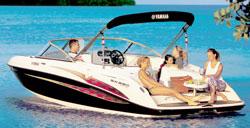

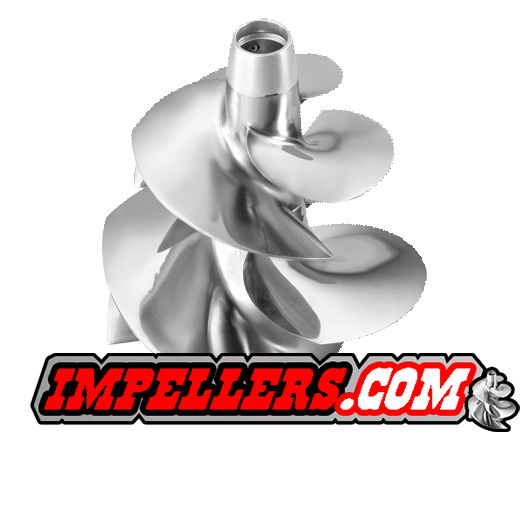
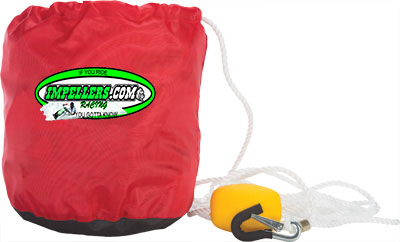
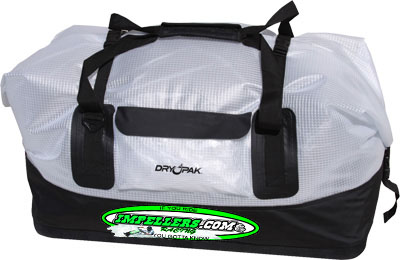


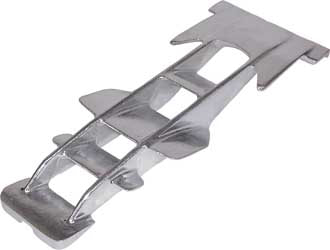
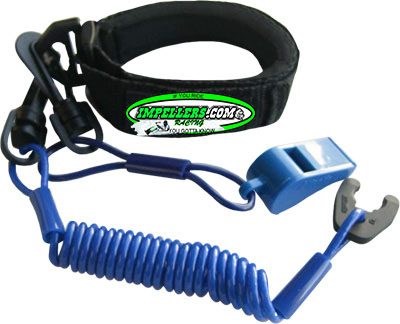


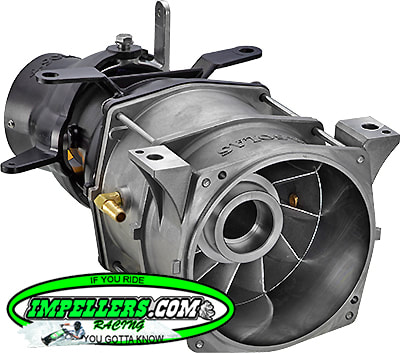
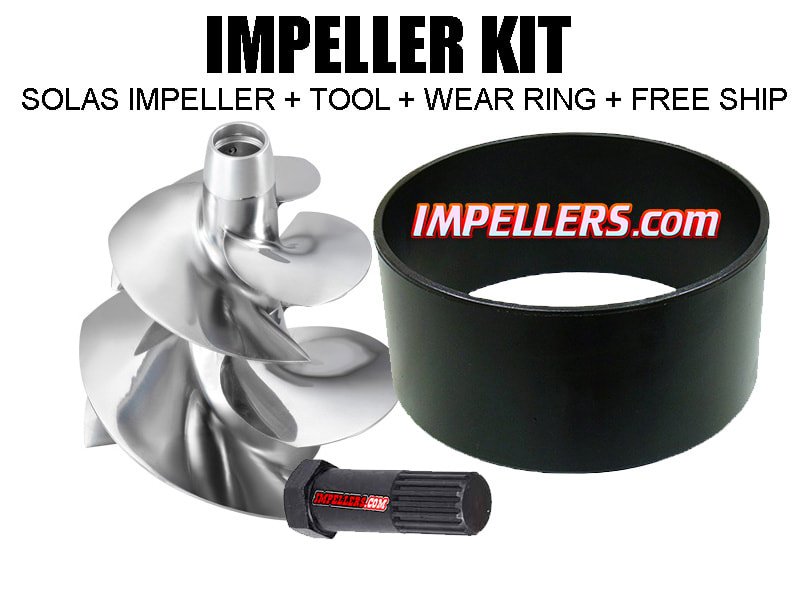
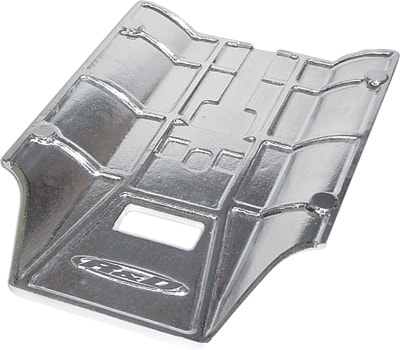
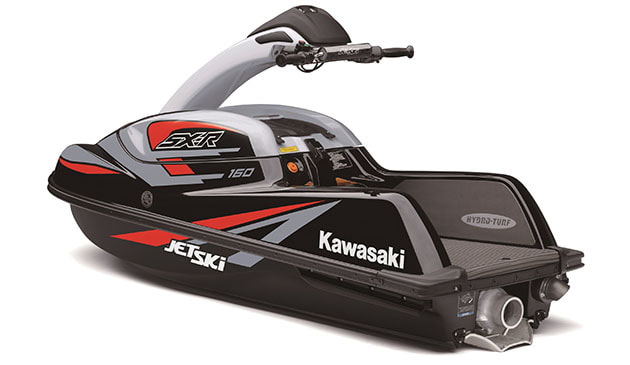
 RSS Feed
RSS Feed


